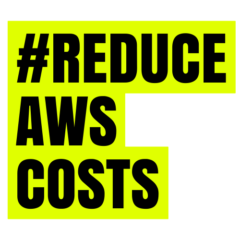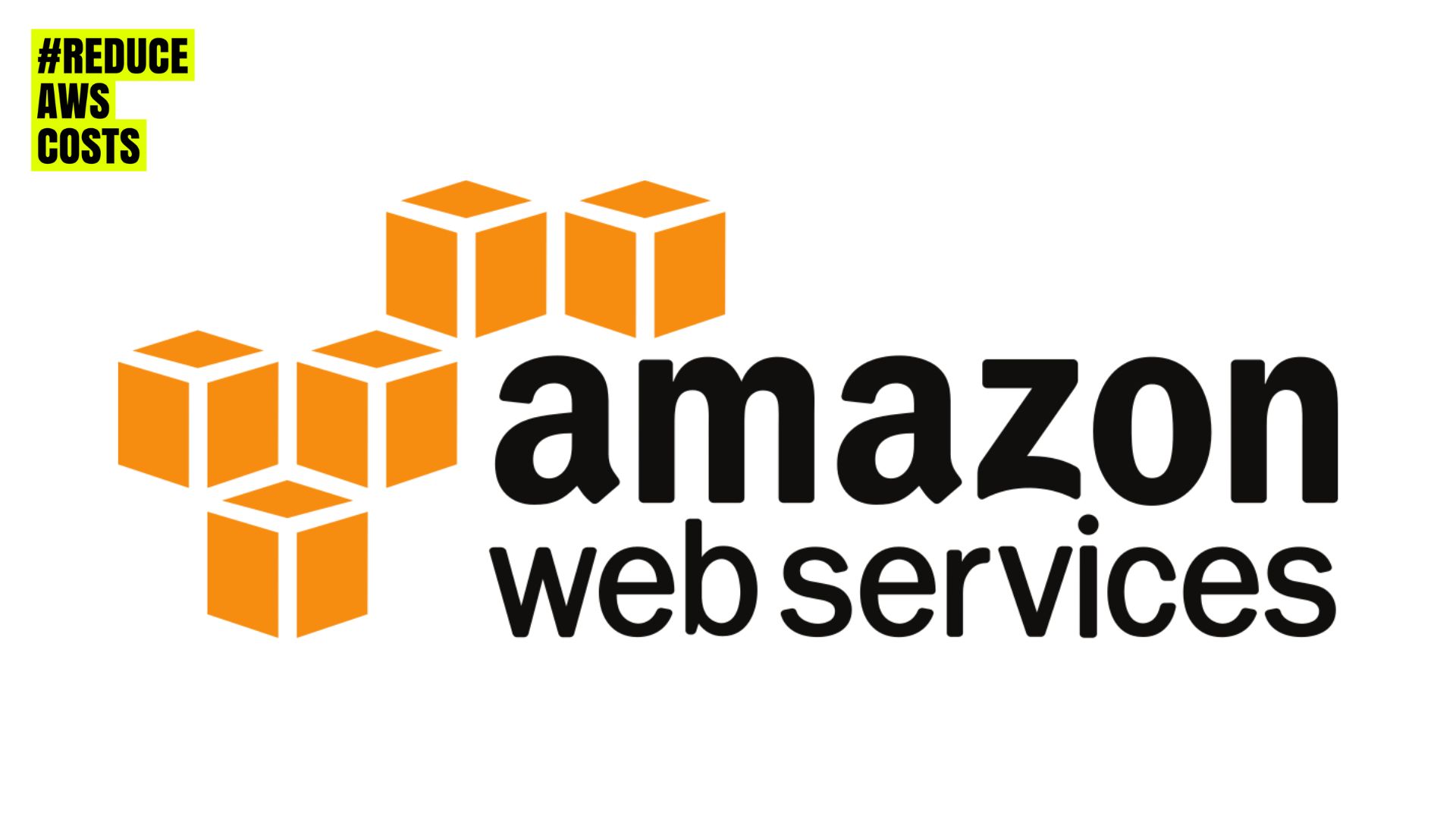AWS users have for lowering AWS expenses the flexibility to leverage a range of EC2 pricing models, including On-Demand, Spot Instances, Reserved Instances, Savings Plans, Dedicated Hosts, and AWS Free Tier, though the latter has certain limitations.
Effective cost reduction kicks in once you grasp the intricacies of the services you utilize. Delve into expert insights below for optimizing AWS costs across each pricing model.
1. Explore AWS Savings Plans for Lowering AWS Expenses
For businesses with consistent and predictable resource requirements, embarking on cost optimization within AWS can begin with committing to annual plans for Fargate and EC2. This commitment entails promising to utilize a consistent amount of cloud computing services over a duration ranging from 1 to 3 years.
EC2 Launch Types
EC2 launch types offer AWS customers enhanced control over customizing their cloud environment. This includes configuring the cloud environment based on specific business needs related to network, GPU, and security parameters.
AWS Fargate
Fargate launch types prove valuable when developing and managing containerized applications. Fargate allows you to align resources with tasks, minimizing the necessity for server management or enhancing security by isolating applications.
To further lowering AWS Expenses, consider opting for the All Upfront payment plan with a 3-year commitment. Under this plan, a single upfront payment provides a substantial discount of up to 63% during the third-year term. This option is particularly advantageous if you have a well-established understanding of your operational requirements, including seasonal demands, ensuring that you only pay for the necessary usage.
Please be aware that any additional items beyond the agreed usage or limits will be subject to standard on-demand rates by the service provider. Therefore, it is advisable to ensure accurate forecasting. Choosing an annual commitment is a wise strategy to mitigate the risks of exceeding set limits.
2. Explore Architectural Enhancements for Lowering AWS Expenses
Not every resource on cost reduction in AWS highlights the potential benefits of incorporating architectural improvements during the process of cloud migration.
In reality, embracing modern architecture models like multicloud computing, which involves leveraging services from different providers, can effectively manage and balance your cloud expenditures. For example, optimizing costs related to specific service-level requirements becomes achievable by collaborating with diverse cloud vendors, such as Azure or Google Cloud.
Alternatively, you have the choice to embrace hybrid cloud computing, making use of both on-premise and cloud infrastructure. By doing so, leveraging the existing servers, power supply, cooling systems, or networks can help reduce the costs linked to transitioning applications to a cloud environment.
3. Remove Detached EBS Volumes and Outdated Snapshots
EBS snapshots, serving as backups for your data, play a crucial role in data recovery. Yet, this holds particularly true for recent snapshots. Consider aged snapshots as obsolete once they have fulfilled their intended purposes. Failing to delete these aged snapshots means continuing to incur costs for them.
When you initiate the launch of an EC2 instance, it automatically comes with an attached Elastic Block Storage (EBS) as its local storage block. With each instance launch, an EBS is connected to the storage, leading to the accumulation of numerous unnecessary EBS volumes. This can result in costs exceeding not in lowering AWS Expenses your budgetary expectations.
Keep in mind that AWS continues to apply charges for storage capacity, even when EBS volumes are not in use. Hence, it is crucial to regularly inspect the AWS console and ensure the deletion of unattached EBS volumes after terminating an instance.
4. Eliminate Zombie Assets
In simpler terms, “zombie assets” refer to outdated or unused components existing within your infrastructure, contributing to unnecessarily high AWS costs. Within AWS and the realm of cost optimization, zombie assets typically encompass failed components of RDS and EC2 instances, as well as underutilized Elastic Load Balancers. While load balancers are designed to distribute system traffic, they can lead to increased AWS costs when left unused. Identify and terminate zombie assets in your infrastructure, thereby lowering AWS Expenses.
5. Optimize EC2 Instances for Efficiency
It is a common scenario for AWS customers to incur costs based on the provisioned capacity rather than actual usage. For example, a business with an EC2 instance provisioned with 8 vCPUs and 16 GiBs memory pays for this capacity regardless of actual utilization. In such cases, over-provisioned instances can be a costly affair.
To right-size EC2 instances, consider the following steps:
- Turn off idle instances, especially non-production ones during off-hours, to save costs.
- Understand your memory and CPU usage by monitoring key metrics such as disk I/O, network activity, disk space, and disk swap utilization.
- Leverage the AWS Well-Architected framework for insights into trade-offs and implications of your decisions, identifying opportunities for improvement.
- Choose or migrate to the right instance family to save on infrastructure maintenance costs.
6. Reduce EC2 Costs with Spot Instances
AWS customers can effectively reduce their EC2 costs by utilizing Amazon EC2 Spot Instances, particularly for fault-tolerant workloads. Spot Instances are cost-effective as they utilize spare EC2 capacity available at rates lower than the On-Demand model.
By requesting unused EC2 instances at discounted rates, Spot Instances offer a way to significantly lower overall Amazon EC2 costs. This approach can lead to savings of up to 90% for specific workloads such as CI/CD, high-performance computing (HPC), and containerized workloads. Other fault-tolerant workloads, including big data and web servers, can also benefit from Amazon EC2 Spot Instances.
7. Strategic Cloud Migration Planning
Efficient planning for cloud migration is a key method to minimize AWS costs and avoid unnecessarily high upfront expenses. Consider the following vital tips for cloud migration planning:
- Develop a data migration plan to reduce future storage costs.
- Assume the role of a migration architect to determine migration priorities.
- Choose the appropriate level of cloud integration, whether shallow or deep.
- Decide between single or multi-cloud computing based on your requirements.
- Implement necessary refactoring upfront to minimize migration costs.
- Engage a reliable and experienced cloud migration company for a smoother transition.
Now it’s Your Turn
Effectively optimizing AWS costs empowers businesses to enhance their savings strategies, redirecting more financial resources to critical business areas like expansion. Utilize this guide to understand how to trim AWS costs for sustainable, long-term financial efficiency. Keep in mind that the responsibility for reducing AWS bills lies with you, not just the service provider. We are here to assist you in optimizing your cloud migration plan, minimizing upfront costs, and ongoing bills. Allow us to help you maximize the benefits of AWS without straining your budget!




